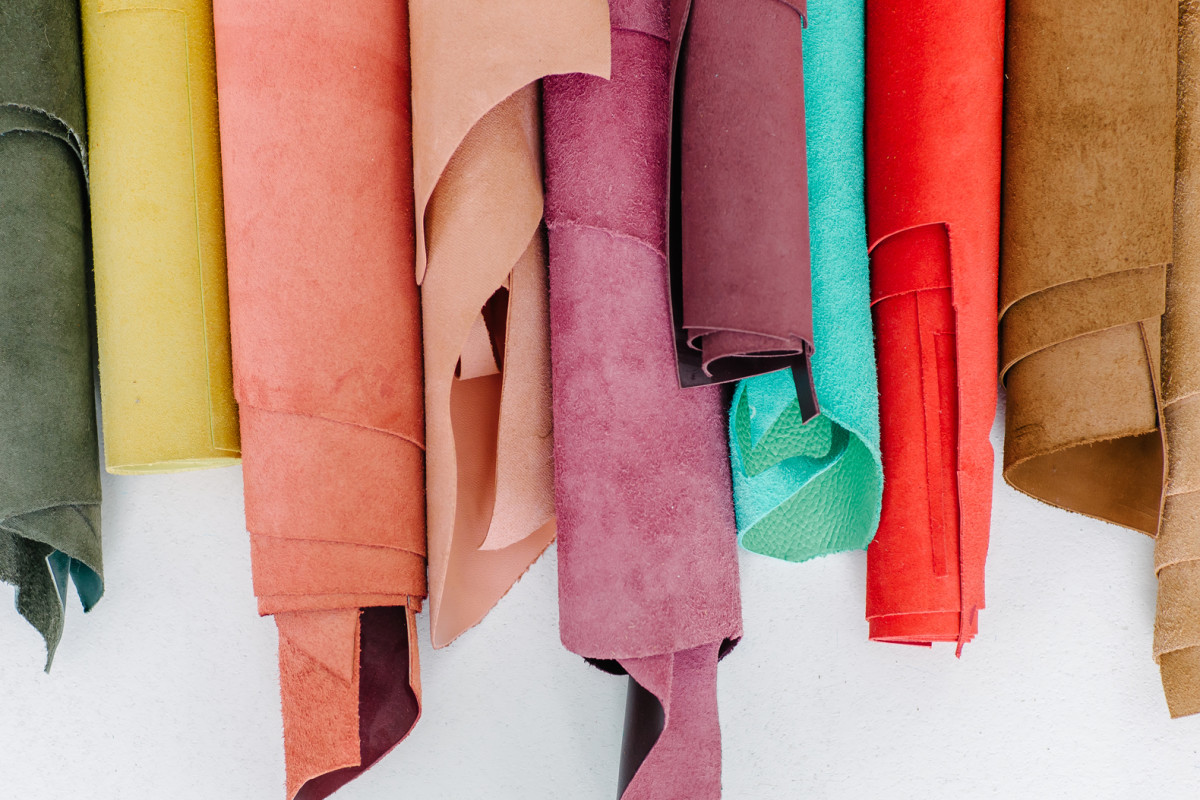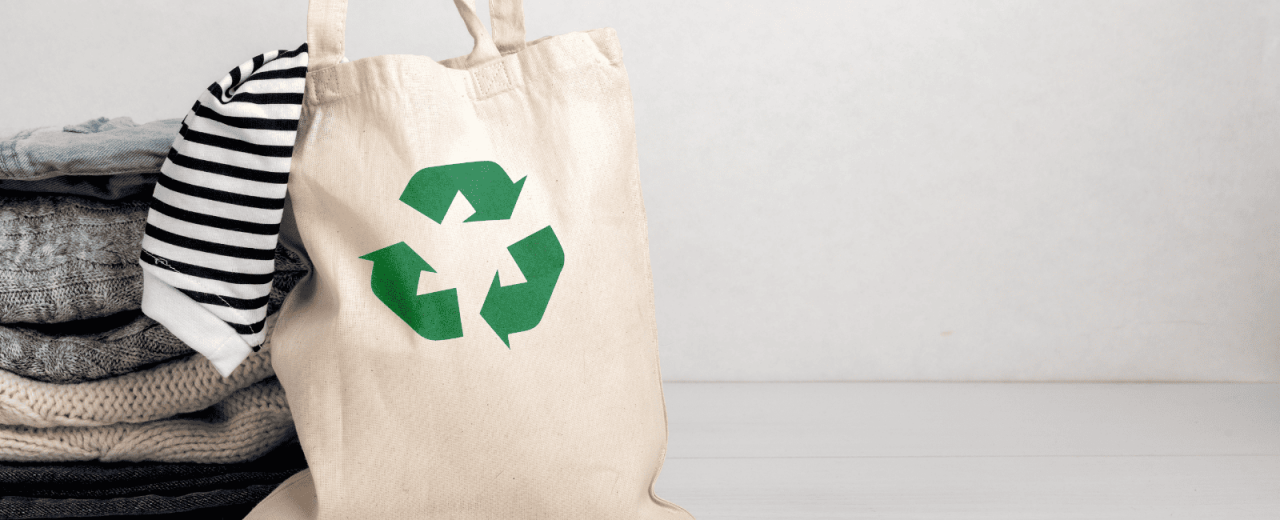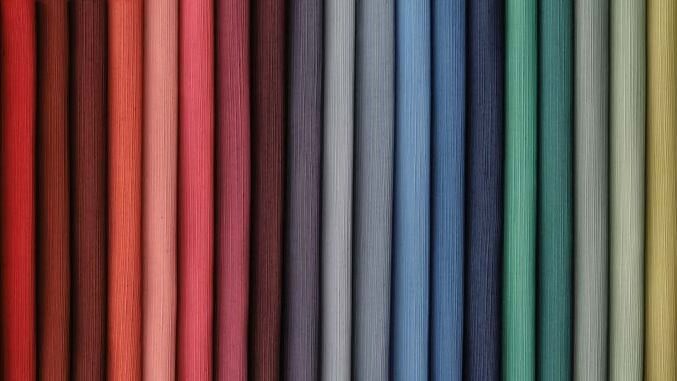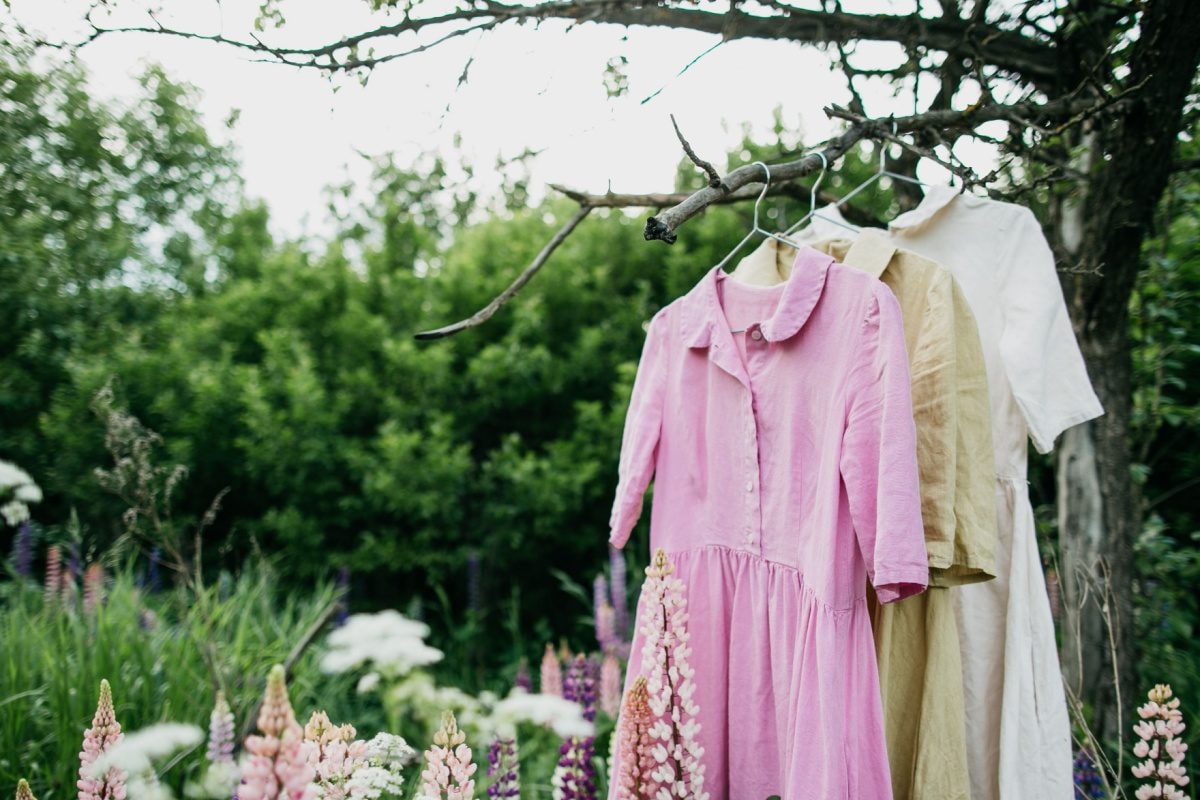Eco-friendly Textiles vs. Conventional Fabrics
Share

In the ever-evolving world of fashion, a new trend is emerging that seeks to strike a balance between style and sustainability. Eco-friendly textiles are quickly gaining popularity as consumers become more conscious of the environmental impact of their clothing choices. This article explores the differences between eco-friendly textiles and conventional fabrics, shedding light on the benefits of choosing sustainable materials for a more planet-friendly wardrobe.

Eco-friendly Textiles: Sustainable Options for a Greener Future
In today’s fashion industry, the debate between eco-friendly textiles and conventional fabrics continues to grow. When it comes to choosing the right materials for our clothing, it’s important to consider the impact on the environment.
Eco-friendly Textiles
- Made from sustainable materials
- Biodegradable and compostable
- Reduce carbon footprint
- Ethically sourced and produced
Conventional Fabrics
- Often made from synthetic materials such as polyester
- Non-biodegradable and contribute to landfill waste
- Require large amounts of water and energy to produce
- Can contain harmful chemicals and dyes
By opting for eco-friendly textiles, we can contribute to a greener and more sustainable future. Choosing materials like organic cotton, hemp, bamboo, and Tencel can help reduce our impact on the environment while still enjoying stylish and high-quality clothing. Let’s make conscious choices when it comes to the fabrics we wear and support brands that prioritize sustainability.
Conventional Fabrics: Environmental Impact and Sustainability Challenges
When it comes to the textile industry, the choice between eco-friendly textiles and conventional fabrics can have a significant impact on the environment. Conventional fabrics, such as cotton, polyester, and nylon, are widely used in the fashion industry but come with their own set of environmental challenges. The production of these fabrics often involves the use of harmful chemicals, excessive water consumption, and high levels of greenhouse gas emissions.
On the other hand, eco-friendly textiles, like organic cotton, bamboo, and hemp, offer a more sustainable alternative. These fabrics are produced using environmentally friendly processes that minimize harm to the planet. For example, organic cotton is grown without the use of synthetic pesticides and fertilizers, while bamboo is a highly renewable resource that requires minimal water and no pesticides to grow.
Despite the sustainability benefits of eco-friendly textiles, there are still challenges that need to be addressed. These include limited availability, higher production costs, and lack of awareness among consumers. As the demand for sustainable fashion continues to grow, it is important for the industry to overcome these challenges and prioritize the use of eco-friendly textiles for a more sustainable future.
Choosing Wisely: Tips for Selecting Eco-friendly Textiles over Conventional Fabrics
When it comes to choosing textiles, opting for eco-friendly options over conventional fabrics can make a significant impact on the environment. By selecting textiles that are produced sustainably and with minimal environmental impact, you can contribute to a healthier planet and support ethical practices in the textile industry.
**Here are some tips for choosing eco-friendly textiles over conventional fabrics:**
- Look for textiles made from organic materials such as organic cotton, hemp, bamboo, or linen. These materials are grown without harmful chemicals and pesticides, making them a more sustainable choice.
- Consider fabrics that are recycled or upcycled, as these options help reduce waste and promote a circular economy.
- Check for certifications such as GOTS (Global Organic Textile Standard) or OEKO-TEX, which ensure that the textiles have been produced in an environmentally and socially responsible manner.
| Textile Type | Eco-friendly Rating |
|---|---|
| Organic Cotton | 🌿🌿🌿🌿 |
| Bamboo | 🌿🌿🌿 |
| Recycled Polyester | 🌿🌿 |
By making conscious choices about the textiles you purchase, you can help make a positive impact on the environment and support sustainable practices in the fashion industry. So next time you’re shopping for textiles, consider opting for eco-friendly options that align with your values and commitment to a greener future.
Making a Difference: How Your Textile Choices Impact the Environment
When it comes to making a difference in the environment, the textile choices we make can have a significant impact. By opting for eco-friendly textiles over conventional fabrics, we can reduce our carbon footprint and help preserve the planet for future generations.
So, what exactly distinguishes eco-friendly textiles from conventional fabrics? Eco-friendly textiles are made from sustainable and biodegradable materials, such as organic cotton, bamboo, hemp, and recycled polyester. These materials are grown and produced using environmentally-friendly practices that minimize harm to the earth.
In contrast, conventional fabrics are typically made from non-renewable resources, such as petroleum-based synthetic fibers like polyester and nylon. The production of these fabrics often involves harmful chemicals and excessive water usage, leading to pollution and environmental degradation.
By choosing eco-friendly textiles, we can support sustainable practices and reduce the negative impact of our textile consumption on the environment. Whether it’s choosing organic cotton over conventional cotton or opting for bamboo fabric instead of polyester, every small change can make a difference in creating a more environmentally conscious world.
In conclusion, it is clear that the choice between eco-friendly textiles and conventional fabrics is not a simple one. While eco-friendly textiles offer numerous benefits for the environment, conventional fabrics are still widely used due to their affordability and availability. Ultimately, the decision lies in the hands of consumers and their willingness to make a difference in the fashion industry. By making informed choices and supporting sustainable practices, we can all work towards a greener and more environmentally conscious future. So next time you’re shopping for new clothes, consider the impact your choices have on the planet and choose wisely.





